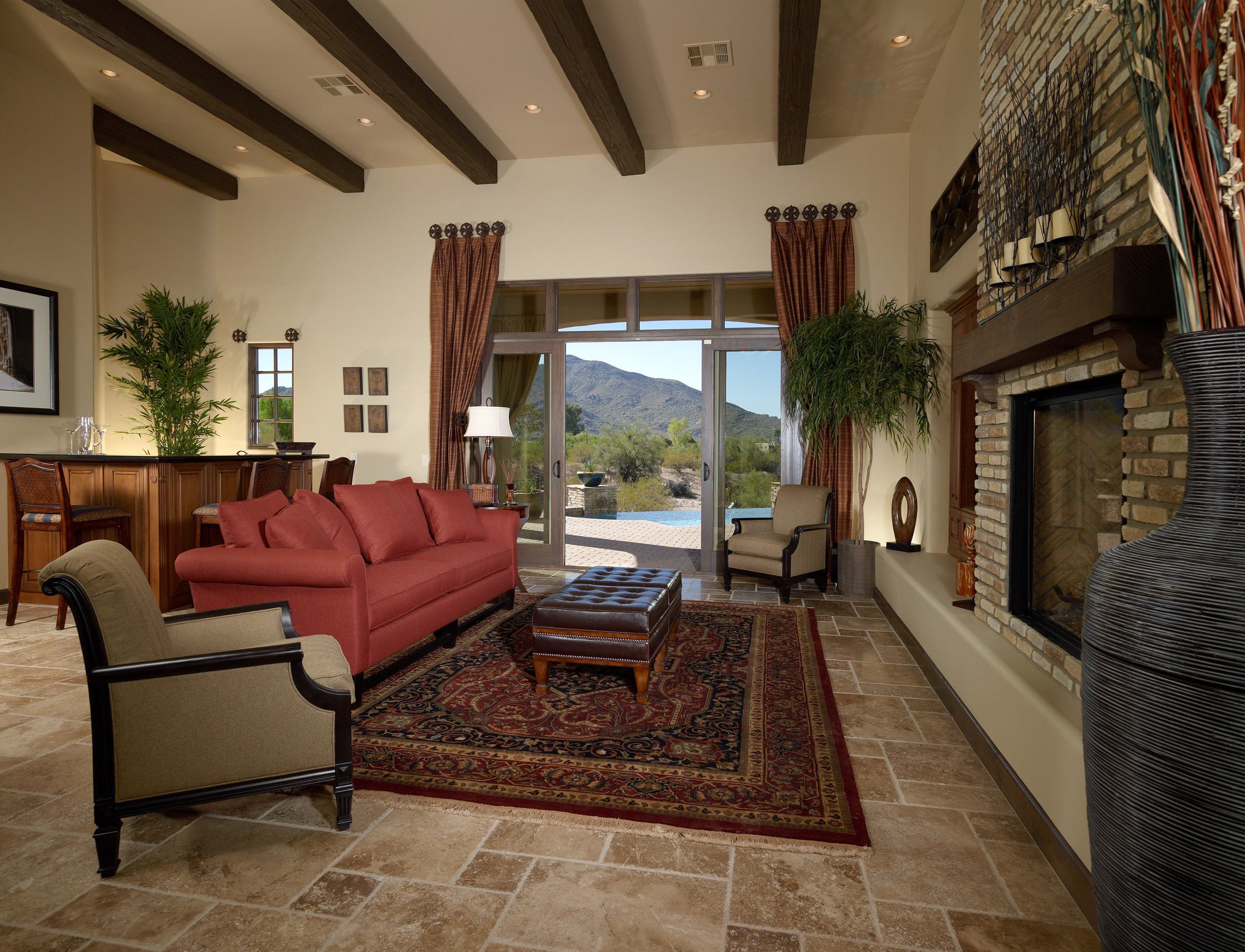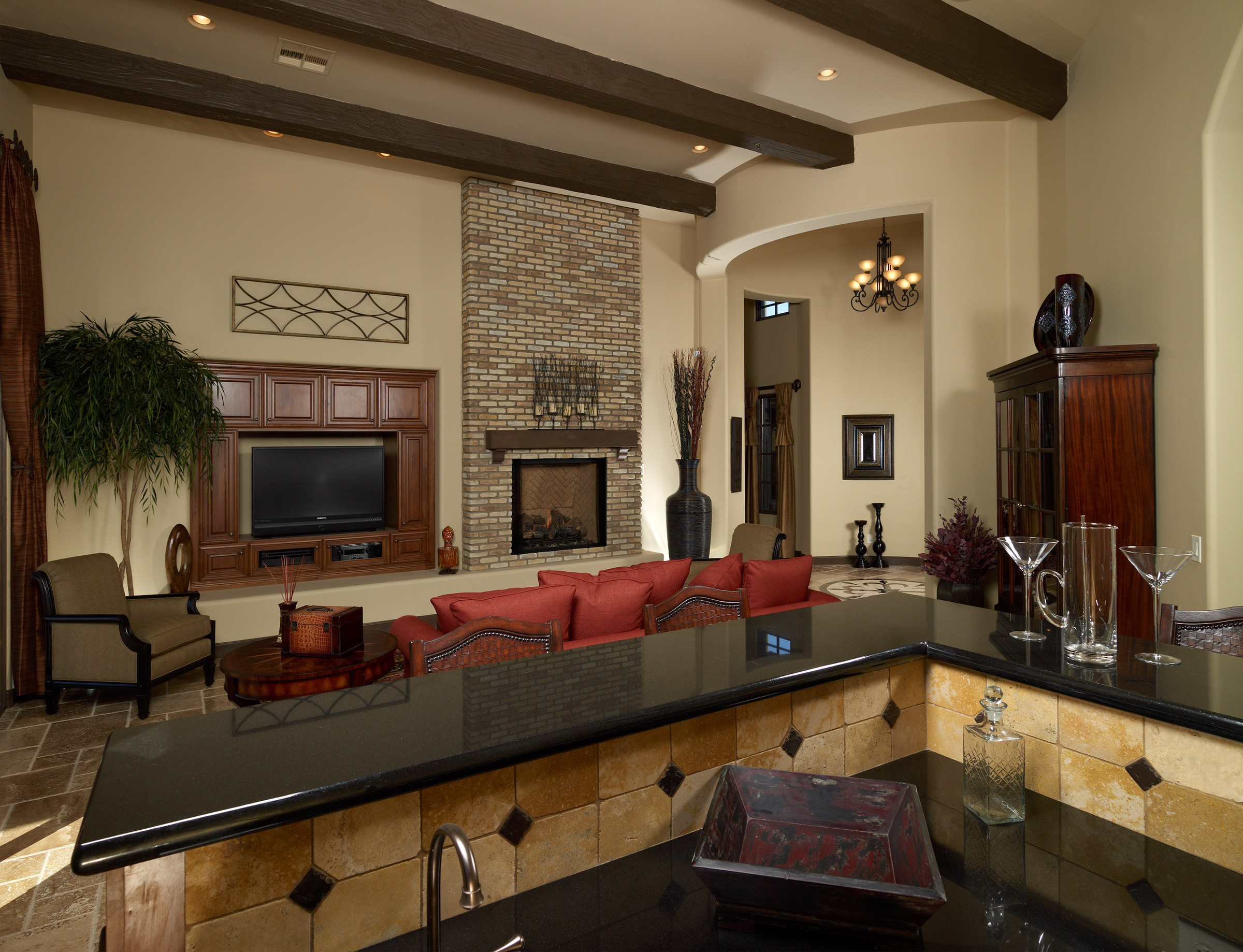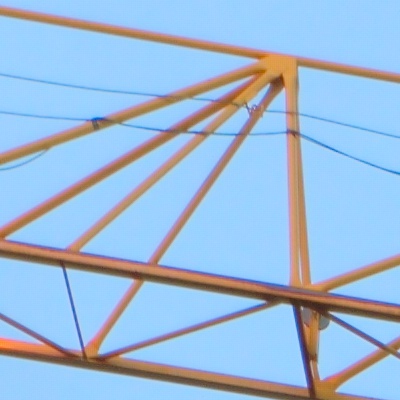Ben Rubinstein
Active member
I'm confused, it doesn't sound like you have begun to solve your shutter issue? Surely however incredible a tech camera system is, if you can't get your exposure then it's all academic?
Great to see you here. Join our insightful photographic forum today and start tapping into a huge wealth of photographic knowledge. Completing our simple registration process will allow you to gain access to exclusive content, add your own topics and posts, share your work and connect with other members through your own private inbox! And don’t forget to say hi!
This +1You have a nice DB (love those big real estate, fat pixel backs!), rent a tech camera and W/A lens for a month with the option to buy, and ... practice until it is second nature. Invest the time, before investing the money.
-Marc
Marc, I don't think you are addressing the question. Of course we can all get to know our tools much better but the question is should the OP invest in system A or B and why, what are the pitfall of each.Funny how all the great Architectural photography got done before all these fab new tools were available. I guess they just knew what they were doing.
Because if the OP shoots without lighting, wants a SK35XL for big movements he will need a centre filter. Centre filter adds 3 stops ND to each capture and if to avoid field curvature (a must for architecture) of the Schneider wides that means shooting at f11-f16. Long exposures need to be shot at base ISO, f16 at ISO50 with a 3 stop centre filter and you might as well use the iPhone.....You already have a DB. You love the RZ so will probably find tech cameras great. So unless you want one, why bother with DSLRs at all?




The Digitar 35 XL on 22 megapixel 36x48mm vs Canon TS-E 24mm on 24x36mm 21 megapixel would indeed be an interesting test. I cannot say which one which would win the corner sharpness test. My guess is that the Schneider will win for small shifts but that the Canon may win for large.Thank you for this comprehensive informationAs far as I know, max shift on Canon 24mm lens is 12mm but max movement on Digital 35XL is 20mm on 36x48 sensor! So you mean the usable movements without introducing severe vignetting and corner softness would be around 15mm or even less?
Marc, thanks for sharing your opinionMany really know lighting, and when shooting daytime interiors use low ISOs and the leaf shutter high sync speed to balance out broad bright ambient window light without NDing the windows.
I love my back for portrait work specially when I used it with strobes! However, I need to find out how practical it is to shoot at base ISO25 with max 30s exposure if I don't want to use strobe for interiors or shoot exteriors at dusk!You have a nice DB (love those big real estate, fat pixel backs!), rent a tech camera and W/A lens for a month with the option to buy, and ... practice until it is second nature. Invest the time, before investing the money.
-Marc
Thank you so much Marko for giving me your opinion as wellThis +1
I also don't shoot architecture. But still in my view the solution is obvious. You already have a DB. You love the RZ so will probably find tech cameras great. So unless you want one, why bother with DSLRs at all? Two systems to support and two systems to upgrade. You will be fighting with limitations in either way. Go with the option that will make you happy, as happy will make good pictures and not some technical advantage that might be useful once a year.
+++++++Because if the OP shoots without lighting, wants a SK35XL for big movements he will need a centre filter. Centre filter adds 3 stops ND to each capture and if to avoid field curvature (a must for architecture) of the Schneider wides that means shooting at f11-f16. Long exposures need to be shot at base ISO, f16 at ISO50 with a 3 stop centre filter and you might as well use the iPhone.....



.jpg)
.jpg)
_1.jpg)

.jpg)



Wow, thanks for all this valuable information! Really helped me to understand some technical points! An eye opener!The Digitar 35 XL on 22 megapixel 36x48mm vs Canon TS-E 24mm on 24x36mm 21 megapixel would indeed be an interesting test. I cannot say which one which would win the corner sharpness test. My guess is that the Schneider will win for small shifts but that the Canon may win for large.
This thread may be of interest to you:
http://forum.getdpi.com/forum/mediu...36800-schneider-35-xl-corner-performance.html
The problem is that Schneider is less than conservative concerning image circles, so you see a clear sharpness falloff within the claimed circle. If you are a really picky user you'd probably find that you don't want to shift more than ~10mm on the 35XL, which corresponds to ~7 mm on the 135 format. 22 megapixel will be more forgiving though, especially if stepping up to f/16. And as always, people's expectations differ, what one person may consider perfectly okay corners may disappoint someone else (that maybe expected that corners would be indistinguishable from the center as often seen in longer lenses), therefore you can hear many different things about the 35XL.
One thing to note is that the Schneider has 0 distortion, which you can't have with retrofocus designs like the Canon (or indeed Rodenstocks). I think that has some value, although you of course can digitally correct these days.
I don't think vignetting will be a problem with a center filter attached, but rather corner softness. For the low pixel count backs the color casts are relatively mild, but many of the modern backs require retrofocus designs to be able to shift any reasonable amount (I think that trend is unfortunate).
With pancake camera I mean Alpa, Arca-Swiss RM3Di the Cambos, that is flat cameras with helicon focus that you can set at a specific distance rather than having to focus on the ground glass (as I do with my Linhof Techno which is a view camera). To really make use of that you should use a laser distance meter like a Leica Disto D5 and have high precision focusing rings so you can set exact distance. This is very useful when you need to focus on something flat like a wall. A view camera indoor with wide angles is a bit tough to focus, but some of us manage anyway. Some pancake camera lenses do not have those tightly spaced high precision markings on the focusing rings and then you don't get to enjoy the focus placement precision, which I think is the major feature of that camera type.
In normal daylight you will have sub-second exposures at f/16 with the 35XL. Say if we compare the ISO25(?) DM22 at f/16 with 35XL centerfilter to a ISO100 5DMk2 f/11 TS-E24, I would guess we have about 4-5 stop difference. So when it comes to lower light situations there may be a significant issue. When the DM22 is up at 32 seconds the Canon makes the same exposure in 1-2 seconds.
I have not actually been able to test the 35XL myself, just looked at a whole lot of user opinions and some test pictures. For my Aptus 75 I consider it to be "good enough" and it is on my "to buy"-list, but I will limit shifts to ~10mm which is alright for my shooting style anyway. If I was to use it for indoor shooting with a ISO25 back I would be a bit worried about maybe needing to shift more than 10mm quite often and having trouble with hitting the 30 second limit. So if you have the ability to test before buy certainly do. At the very least you should look at some test images.
Guy, my local dealer has a second hand 35XL and that made me think about tech cam route although I know it would be the beginning of the disaster lolMaybe the tech cam bargain lens in wide angle.
I agree . Damn lens is really sharpI really don't understand any disappointment with the 35XL. It is a truly fantastic lens.
Yes the image circle is a few mm optimistic (all schneiders are).
But no distortion, very very low CA, great sharpness, small, and light.
Also to say that you see CA with a 47XL... Either your lens is whacked out of alignment or you are VERY picky. Compared to any SLR lens I've ever used a 47XL has *nearly* no CA. Yes I suppose it's not technically "zero" but only in the sense that no lens has "zero" CA. It is a very clean, very sharp image.
These lenses look great with backs many times the resolution of the OP's back; at 22mp they are running with the wind at their backs.
Hey Aryan, don't mean to hijack your thread but it was Marko who suggested to use a cheap Kaiser 4x loupe on the RZ67 as a finder. I modified mine and it works great! You'll love using your RZ digitally with this. It doesn't necessarily have to look as bad as mine if you use black or navyblue tape. Unfortunately I didn't have some at that moment... :facesmack:... Thank you so much Marko for giving me your opinion as wellYes, I love the RZ and honestly like to work on old school cameras for the fact that it makes me happy! However, I have to confess that shooting RZ with a digital back is not as enjoyable as film! The main beauty of such camera is that big viewfinder and the sense of making your photo on something special! Since I have put the crop mask on the RZ, it gives me a different feeling and when I get rid of it to shoot film, I smile
...



